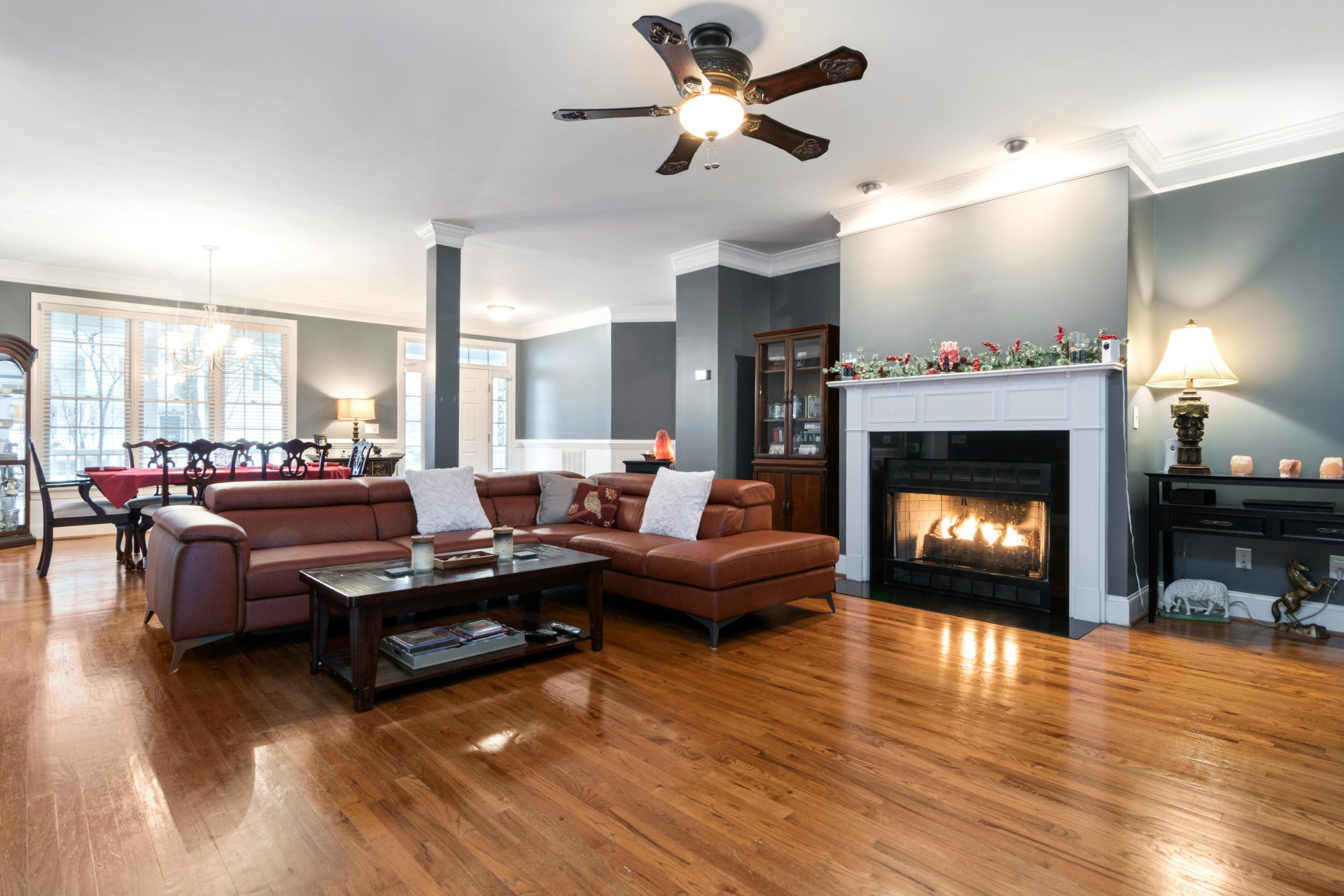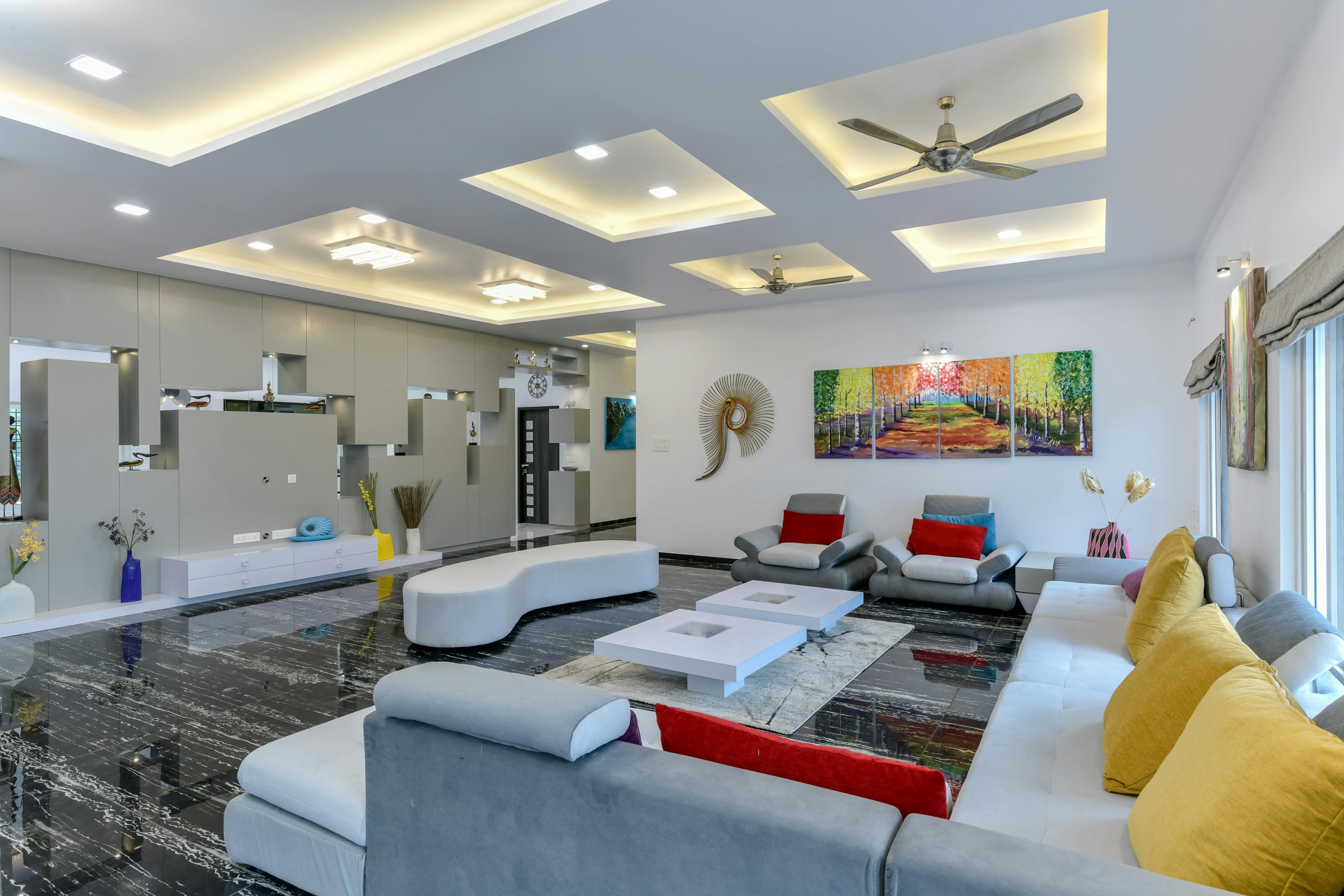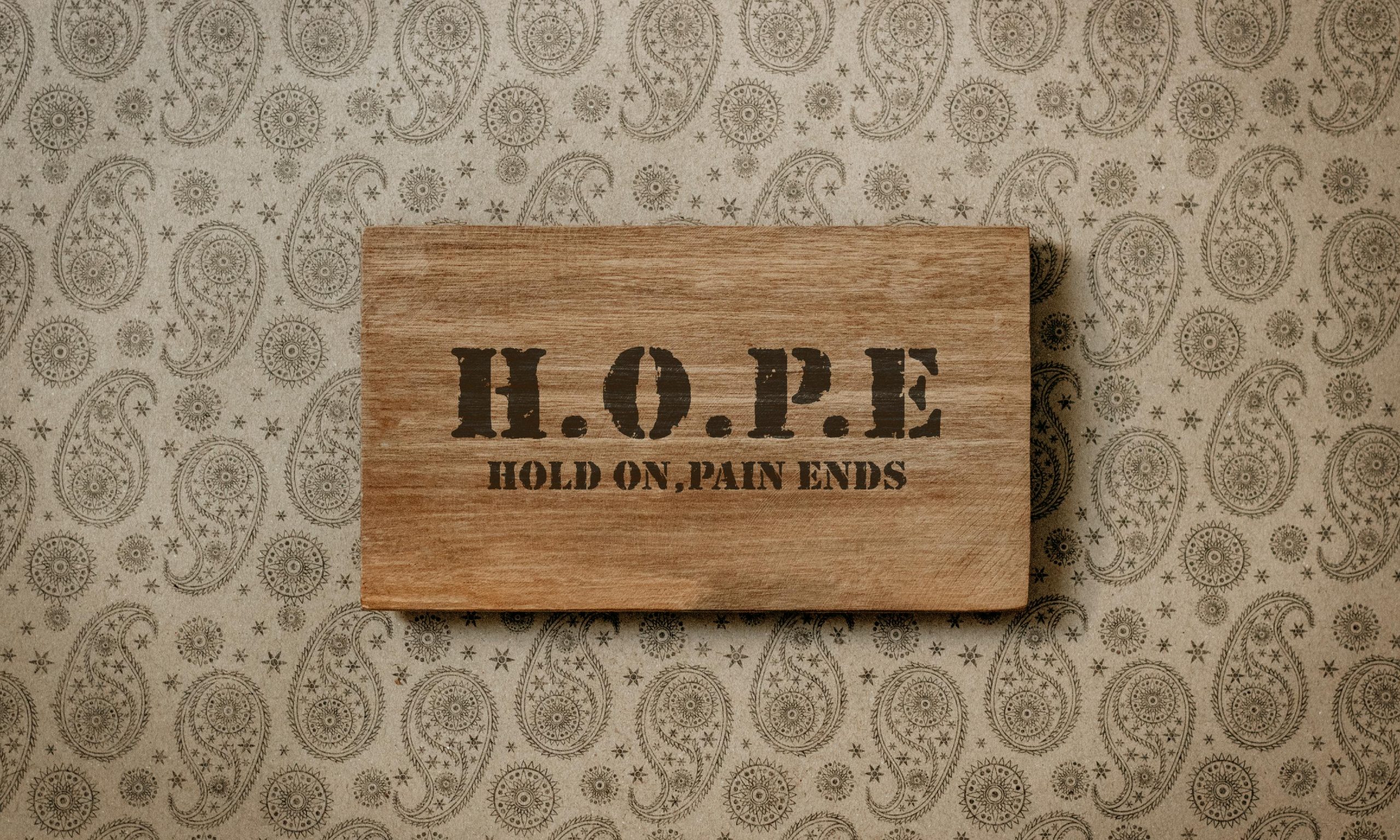Glass More than just a Building Material
Glass has been around for about 75,000 years. No doubt, it is one of the most important discoveries of mankind. It was originally used as a cutting tool before it forayed into multiple industries. The possibilities of glass are limitless. In interior design especially, it has myriad applications. When used as a building material, it controls the amount of heat and light radiating into a structure whereas when used in interiors, it imparts a touch of elegance.
In 2024, glass is more than just a building material. Owing to its workability and versatility, it can be moulded in various ways. It has the potential to transform a space functionally as well as aesthetically. Those studying decoration design courses are exploring new ways to use this age-old material. Also, when we say glass, we’re not just referring to clear glass. There are different types of glass available in the market today. For example, lacquered glass today is a preferred choice for kitchen countertops whereas textured glass is ideal for decorative walls. Since it allows natural light to pass through, it is being used predominantly in homes that follow biophilic design themes.
Application of Glass in Interior Design
Transparent Partitions
A glass partition also referred to as a glass wall is ideal to separate two rooms or open spaces. They don’t just allow seamless transitions but also allow plenty of natural light in. Instead of breaking walls and rebuilding them, glass is surely a cheaper alternative. While clear glass doesn’t block sound and limits privacy, frosted, sandblasted or tinted glass partitions are a better choice. They don’t just look pretty but also give you an overview of what’s happening in your home. In smaller apartments, having a glass partition is ideal as it can make the space look larger and more inviting. Office spaces also use glass partitions to separate one cabin from the other.
Wardrobe Doors
In recent years, fluted glass has become a preferred interior design material by most interior designers. Residences particularly are using fluted glass creatively in various areas. From room dividers to shower screens, the possibilities are vast. However, this stylish material is making an appearance as wardrobe doors in order to create a unique look. Whether you want to create a sliding or hinged wardrobe, it doesn’t matter as glass fluting can create a textured/decorative element.
Display Shelves
Do display shelves sound like something of the past? Well, you’ll be surprised to know that they’re making a comeback. It can be the perfect way to exhibit your treasures and décor. However, make sure you don’t clutter the shelves. Restrict it to books, photographs and trinkets. Laminated glass is a great option for shelves.
Staircases
By far, the most beautiful use of glass is on staircases. Most contemporary homes these days feature glass staircases or wooden staircases with glass balustrades. It is usually done in homes where the overall circulation is low. Glass can be used in spiral as well as two-armed staircases. However, interior designers should be aware that for staircases, not any glass will do. Toughened glass is the best as it undergoes thermal treatment which increases its strength. It can even withstand a bullet attack. Toughened glass is usually used in places where special protection is needed.
Roof Openings
Asphalt and concrete have been traditional roofing materials. Nobody would have thought that today’s discerning consumer would want to shift to glass roofing. However, it is happening and is emerging as one of the biggest trends in the construction industry. Glass ceilings enhance the visual appeal of a property. Even commercial buildings and shopping malls are switching to glass roofs. Beyond being an aesthetic addition, glass roofs allow an excellent flow of light. The customisation options are infinite. Owing to glazing technology, glass roofs these days can be designed in any shape, style and design.
Conclusion
As a budding interior designer, it’s important for you to understand the myriad uses of glass in interior design. Beyond being a building material, it offers a luxe feel and excellent aesthetic indoors as well. Depending on your style and function, you can choose from a variety of glass options. Whether your client prefers a sleek and modern look, or something more artistic, glass has the power to transform any room or corner of your home or office into a stunning masterpiece.




